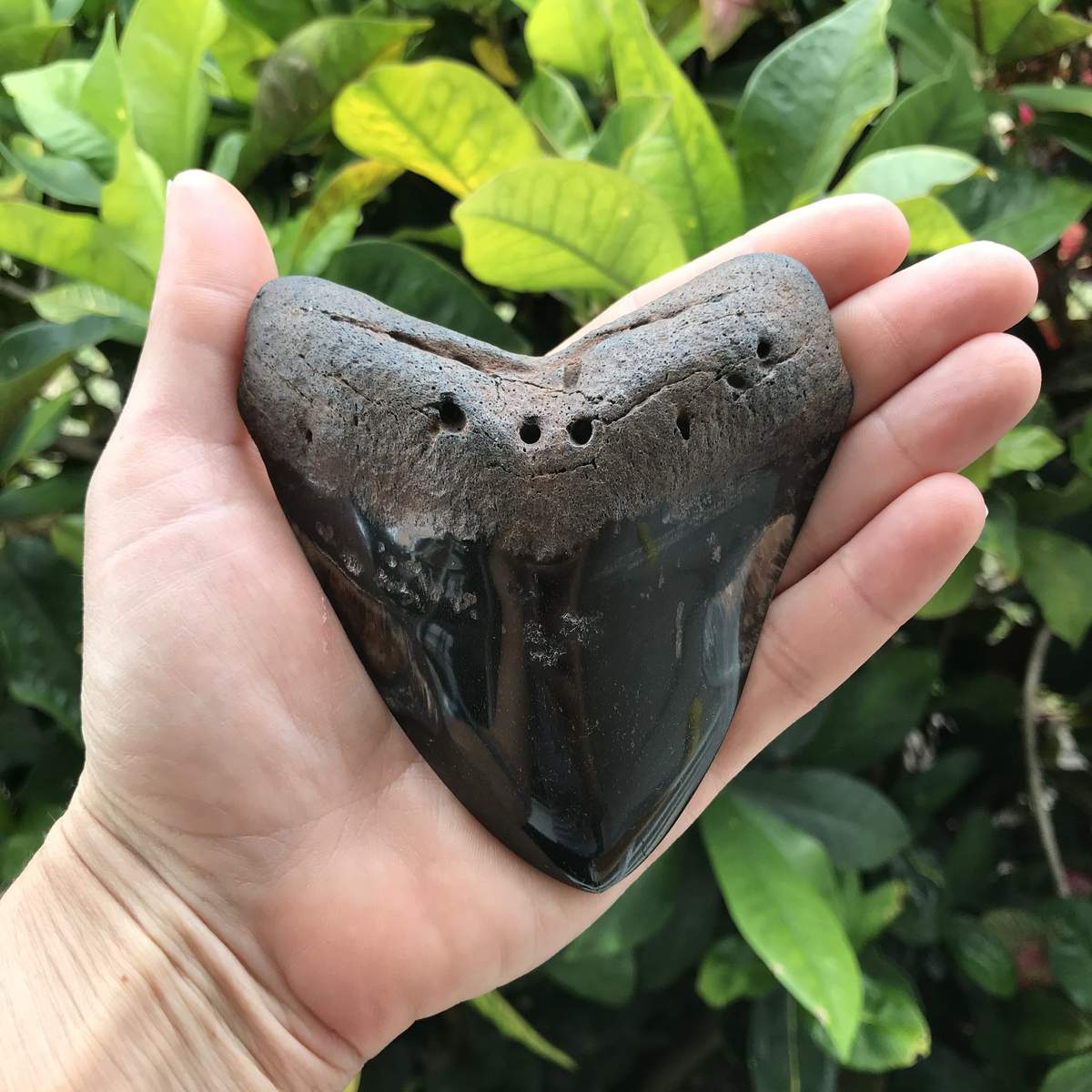
All About Fossils
Fossils are the remains of ancient organisms that have been preserved in the earth and have hardened and turned into rock over time. The preserved remains do not become fossils until they have been around for 10,000 years or more. Everything from tiny bacteria observed only with a microscope, to parts of giant extinct animals like the megalodon’s tooth or entire dinosaurs can become fossils under the right conditions.
Fossils can be found all over the world, anywhere from Hawaii to Antarctica in exposed sediment. Paleontologists research to determine ideal sites to dig for fossils. But for as much science goes into locating fossils, chance plays an equal role. Scientists researching and exploring for other reasons happen across fossils and discover a whole new world.
How Are Fossils Formed?
Fossils come to exist through the process of fossilization. Scientists have discovered tons of fossils, but fossilization is, in fact, a pretty rare process. Most organisms decompose too quickly for their bones to become a fossil. Fossilization only occurs when the remains of an organism get covered by some form of sediment. This could be something like the ocean floor or lava, or even tar. Over a long period, minerals from the sediment find their way into the hard structures of an organism’s remains and harden. Typically, organisms that become fossils have bones or other hard structures. The fossils of an organism’s bones or teeth, like a shark tooth, are known as body fossils. Fossils of extinct giants, like the bones of a dinosaur or a megalodon tooth and even a shark tooth of the species of sharks that are still alive today, are body fossils. Other kinds of fossils, trace fossils, are preserved evidence of biological activity. Examples of trace fossils are things like footprints or the impression of a leaf.
How are Fossils Uncovered?
Scientists who study fossils are called Paleontologists. Paleontologists and their teams research and figure out where to excavate fossils. They seek out suitable, exposed sediment, and then use many different techniques and tools to uncover the fossils carefully. Most of the time, fossils are only partly uncovered on the site. Paleontologists then remove the remains in blocks that are often protected by plaster and relocate them to a laboratory. The fossils are then completely excavated in a controlled environment.
Fossils of Ocean Life
Logically, you might think that fossils of ocean life, like a megalodon tooth or other shark tooth, could only be found under the sea. Interestingly, scientists often discover the fossils of the long-extinct megalodon and other ocean animals in the sediment of mountain chains. The location of fossils of animal life that obviously existed in the ocean when they were alive help to explain the way continents and landmasses have moved and shifted over time.
Fossils and Science
Fossils hold so much scientific value that there is an entire branch of science dedicated to discovering and extracting all information possible from these hardened rocks. They are intricate and unique, and they help to lift the veil of mysterious organisms and giant animals that roamed the earth long before the first humans. Aside from the scientific value, they are also interesting to see, hold, and observe. Fossils make for an exciting collection, and they make awesome gifts for any occasion.


